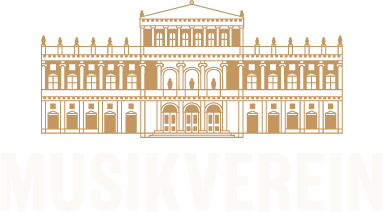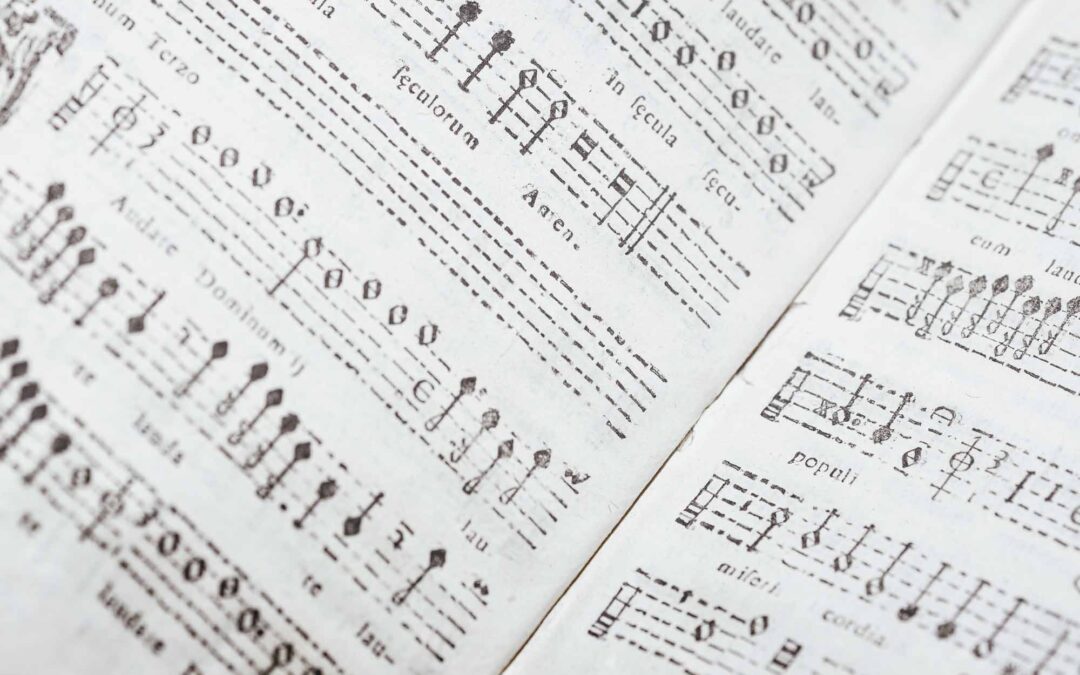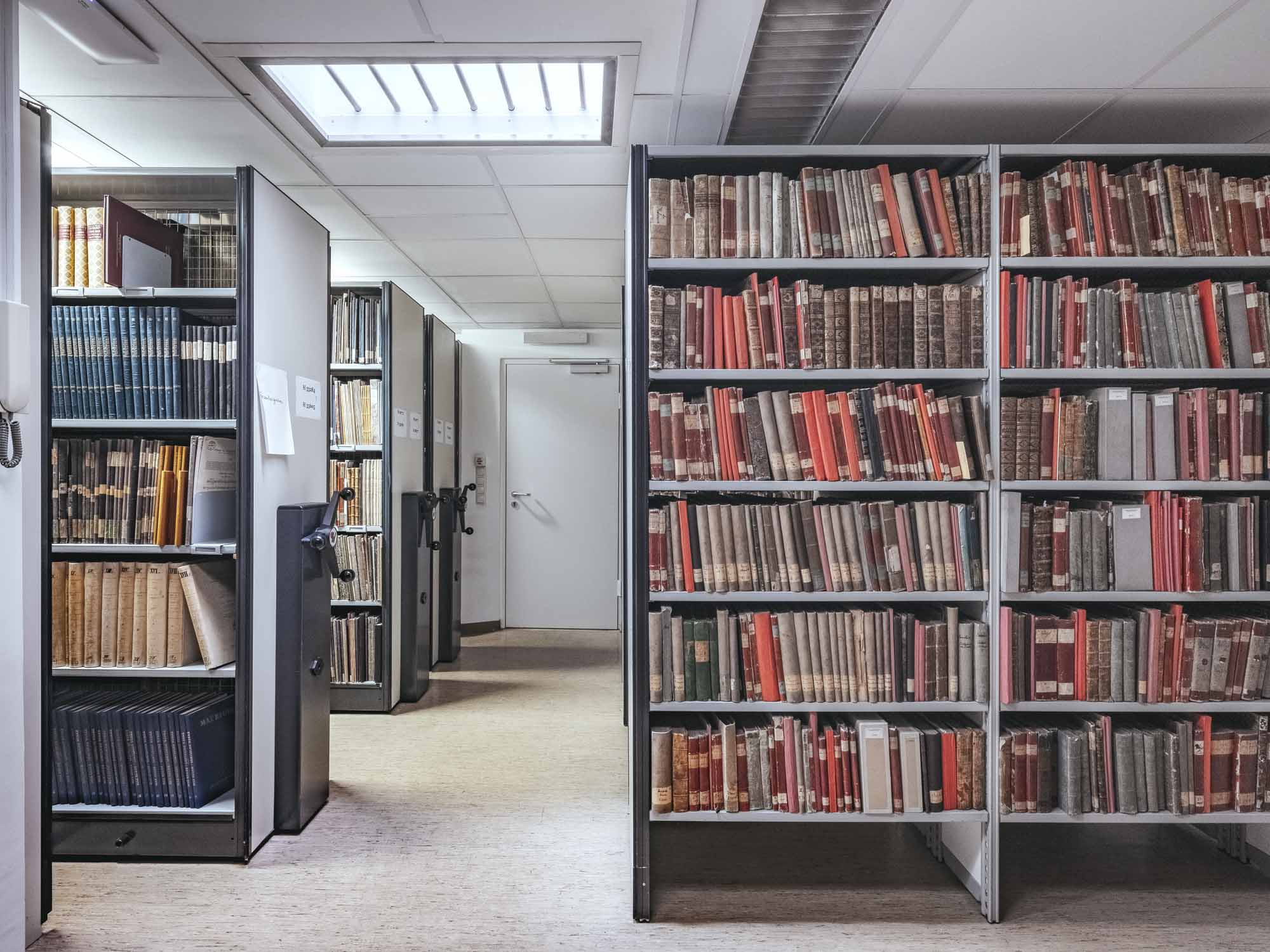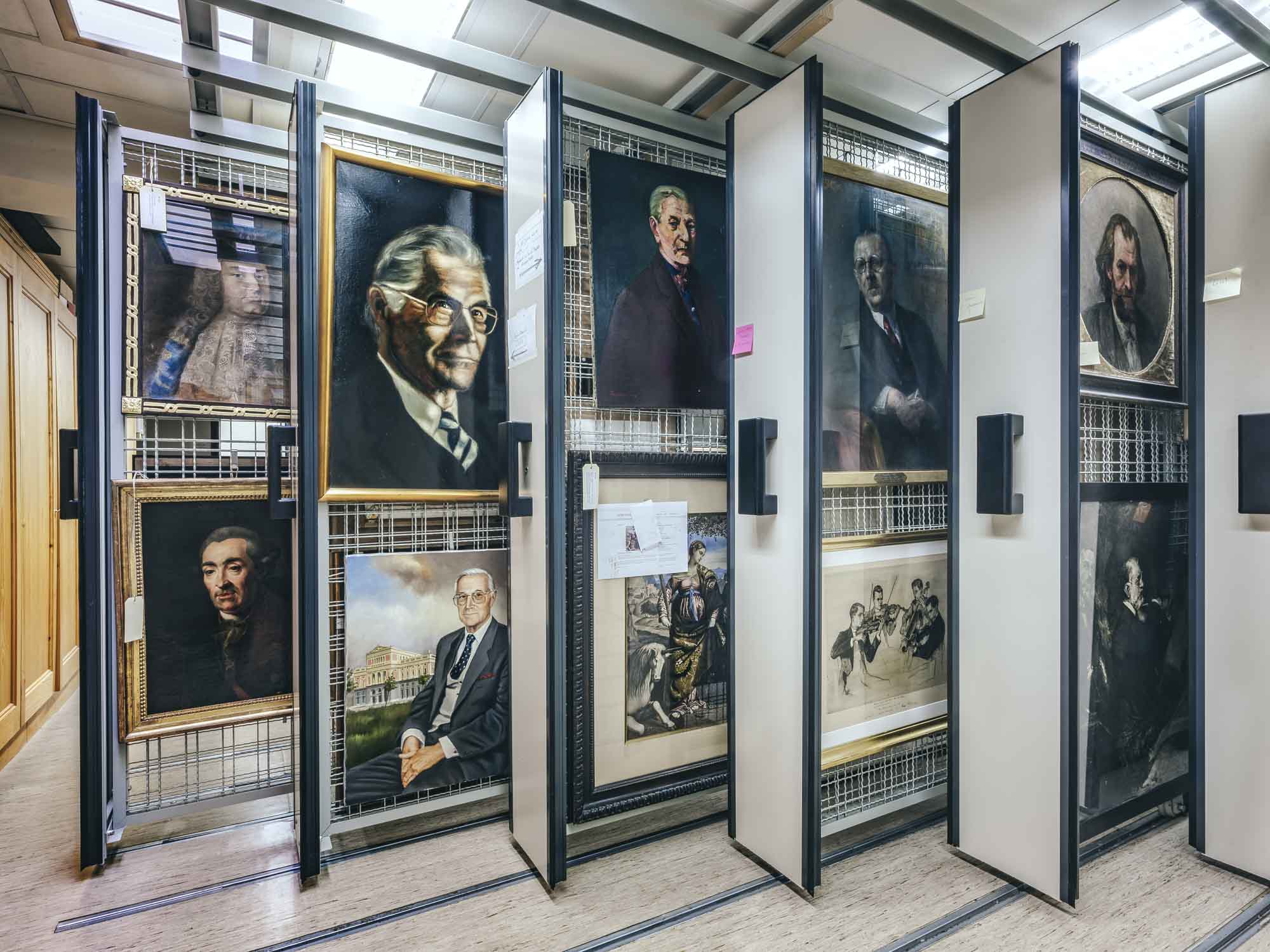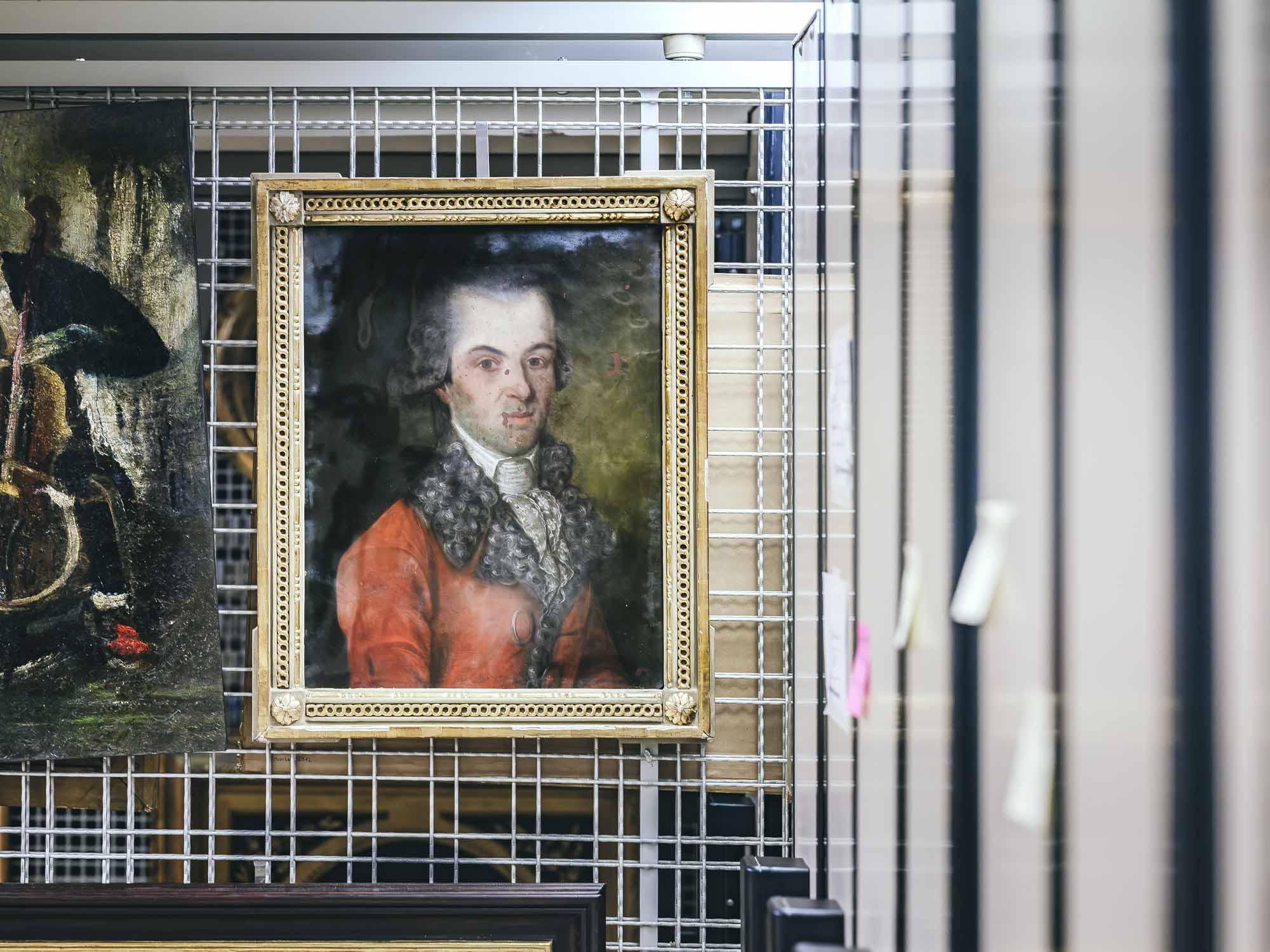History of the archive
From the beginning, the archive aimed to collect a wide variety of materials, extending beyond mere sheet music, for the purpose of documenting music and musical life. A distinction was soon made between several parts of the collection: the archive primarily contained sheet music, the library housed books and the museum featured pictures, musical instruments and eventually music autographs and letters. Today, we usually use the term “Archive” as an abbreviation for the “Archive, Library, and Collections” of the Gesellschaft der Musikfreunde in Vienna.
The Gesellschaft began to collect eagerly and, within a few years, significant holdings were purchased or received as gifts. The library of the German lexicographer Ernst Ludwig Gerber was aquired during his lifetime and delivered to Vienna following his death in 1819. The now valuable collection of printed music from the 16 and 17th century from St. Mary’s Church in Lübeck is the result of early collecting activity.
After more than ten years, the society already owned around 6,000 musical works, 700 books, 500 portraits, and numerous musical instruments.
Archduke Rudolph, Bishop of Olomouc, bequeathed a pervasive collection of almost 20,000 musical works to the Friends of Music in 1831. Transportation posed significant challenges for the still young society. Ninety huge crates weighing 250 kg had to be transported from Kremsier to Vienna. It was not until January 1834 that the collection could be transported to Vienna and set up. The Archduke’s collection contains several valuable manuscripts, first editions, and autographs, such as letters by Ludwig van Beethoven and an extensive collection of scores by the Baroque vice court conductor Antonio Caldara.
In the years that followed, the Gesellschaft der Musikfreunde acquired several remarkable collections, including bequests and partial bequests from Carl Czerny (piano virtuoso), Simon Sechter (composer, music theorist, and teacher of Anton Bruckner), and Ludwig Ritter von Köchel (author of the Köchelverzeichnis). Joseph Ritter von Spaun bequeathed his collection of Schubert prints to the Society, Nikolaus Dumba donated autographs of Franz Schubert’s symphonies, etc.
Among the more recent bequests, the “Gottfried von Einem” collection is particularly noteworthy, comprising thousands of books, letters, sheet music and other materials.
The estate of Johannes Brahms occupies a unique position within the Gesellschaft’s collection. Brahms had many connections with the Gesellschaft and was an avid archive user. He bequeathed his entire library to the Gesellschaft der Musikfreunde, which included hundreds of books, pieces of sheet music and letters written to him.
The archive, library, and collections comprise between two and three million objects today. The archive is expanding and constantly enriched b< new acquisitions.
There are more than 25,000 books, around 200,000 musical items, over 5,000 music autographs, over 50,000 graphics, pictures, and photos, over 800 musical instruments, and well over 10,000 letters, files, and documents on the history of the Gesellschaft der Musikfreunde, the history of music in Vienna, the Habsburg Monarchy, and Central Europe.
Philip Reitsperger | Identity Lab
General Information
Use of the archive
Welcome to the archive: Find out how you can access valuable resources and expand your knowledge.
Scientific inquiries
Optimize your scientific knowledge – Explore archive resources for academic applications.
Opening hours
Plan your visit: Find out more about our current opening hours and availability.


